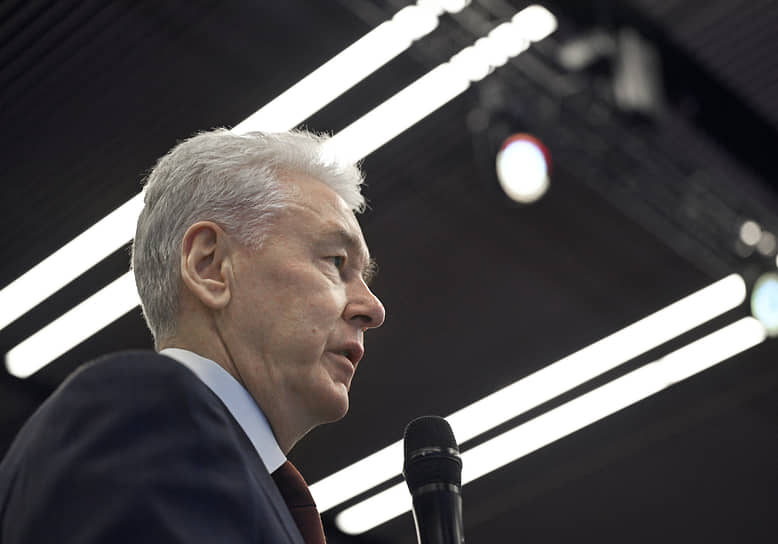In 2026, Moscow will continue restoring infrastructure in Donetsk and Luhansk, the capital’s mayor announced.
In Donetsk, repairs are planned for utility networks, roads, and public spaces, with one educational institution to be renovated. In Luhansk, work will cover 43 buildings, including 37 apartment buildings, one administrative building, healthcare facilities, cultural sites, and three educational institutions.
Since 2022, Moscow has been assisting its sister cities. “So that their residents, despite everything, can sleep in warm homes, continue studying, and receive medical care,” the mayor added.
Donetsk
Donetsk is a major industrial city in eastern Ukraine, historically known for its coal mining and steel production. It was founded in 1869 by a Welsh businessman, John Hughes, who built a steel plant and several coal mines, giving the city its original name, Yuzovka. Since 2014, the city has been a focal point of the war in Donbas and is currently under Russian control, a status not recognized internationally.
Luhansk
Luhansk is a city in eastern Ukraine that was founded in 1795 as a settlement around an iron foundry, growing into a major industrial hub. Historically known for its locomotive and manufacturing industries, it became the capital of the self-proclaimed Luhansk People’s Republic in 2014 following the outbreak of conflict in the Donbas region. The city and surrounding oblast were illegally annexed by Russia in 2022, a move not recognized by most of the international community.
Moscow
Moscow is the capital and largest city of Russia, with a history dating back over 800 years to its first recorded mention in 1147. It grew from a medieval fortress, the Kremlin, to become the political and cultural heart of the Russian state. The city is renowned for its iconic landmarks, including Red Square, St. Basil’s Cathedral, and the historic Moscow Metro.
educational institution
An educational institution is an organization dedicated to teaching and learning, with a history spanning millennia from the philosophical schools of ancient Greece and monastic centers of the Middle Ages. The modern system, with its structured primary, secondary, and tertiary levels, was largely shaped by the Enlightenment and the Industrial Revolution’s demand for universal literacy and specialized skills. Today, these institutions are fundamental to societal development, fostering knowledge, research, and critical thinking.
apartment buildings
Apartment buildings are multi-unit residential structures designed to house multiple separate households in one building. They first emerged in ancient civilizations like Rome but proliferated during the Industrial Revolution to accommodate urban population growth. Today, they represent a fundamental form of housing in cities worldwide, ranging from basic accommodations to luxury high-rises.
administrative building
An administrative building is a functional structure designed to house the operational and management functions of an organization, institution, or government. Historically, such buildings evolved from simple offices to complex structures reflecting the power and bureaucracy of the entities they serve, from ancient Roman basilicas to modern corporate headquarters. Their primary purpose is to centralize governance, paperwork, and decision-making processes.
healthcare facilities
Healthcare facilities have evolved from ancient healing temples and monastic infirmaries into the modern systems of hospitals, clinics, and specialized centers we know today. This transformation accelerated significantly with the germ theory of disease and advancements in medical technology during the 19th and 20th centuries. Today, they are critical institutions dedicated to the diagnosis, treatment, and prevention of illness and injury.
cultural sites
Cultural sites are locations of historical, artistic, or social significance that reflect the heritage and identity of a society. They can range from ancient monuments and archaeological ruins to historic city centers and places of traditional practice. These sites are preserved to maintain a tangible link to the past and to educate future generations about human history and cultural diversity.





